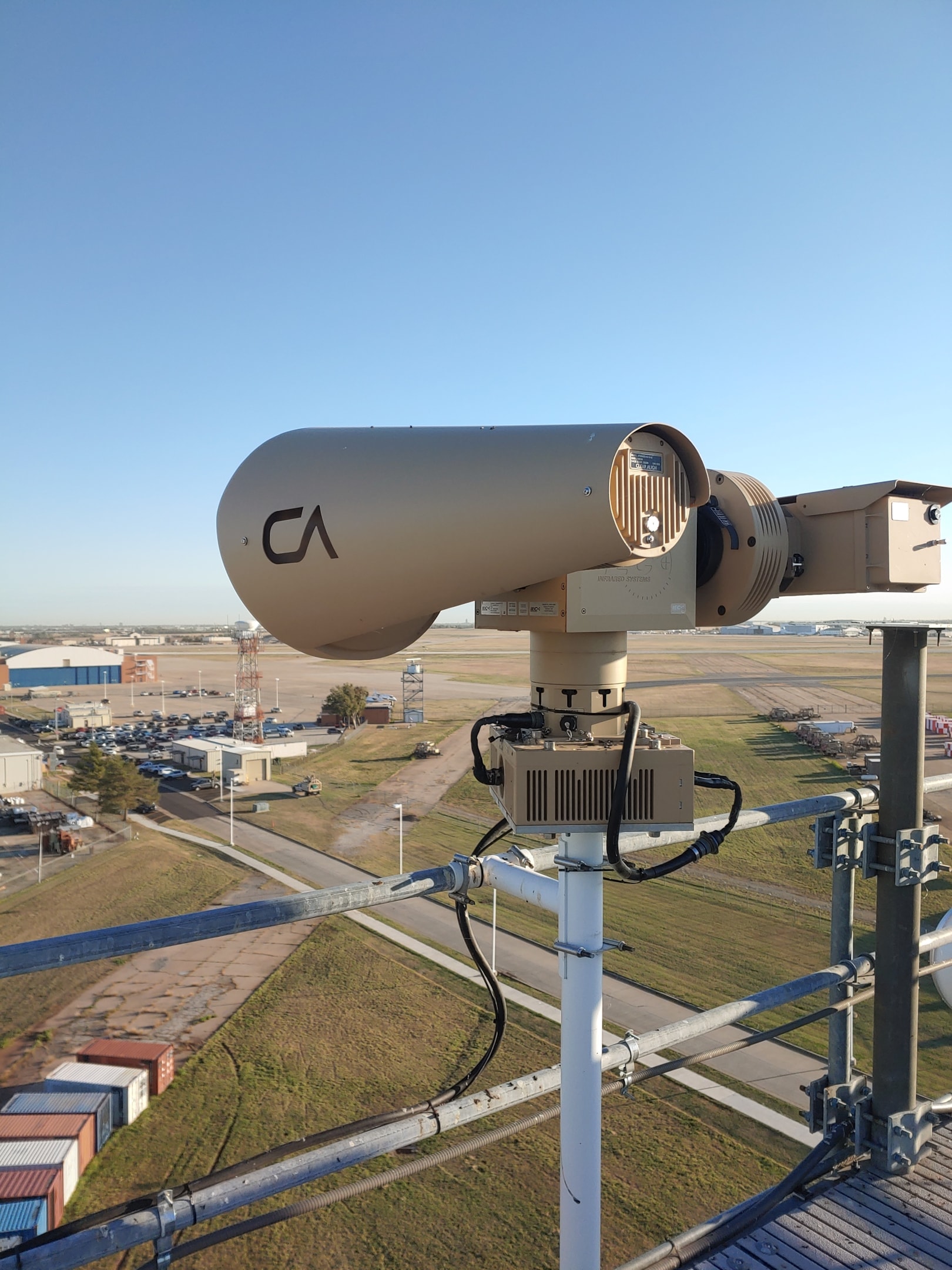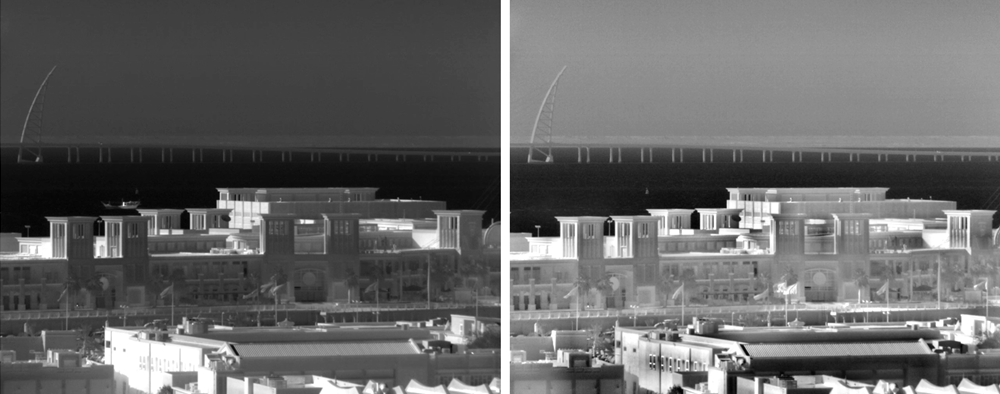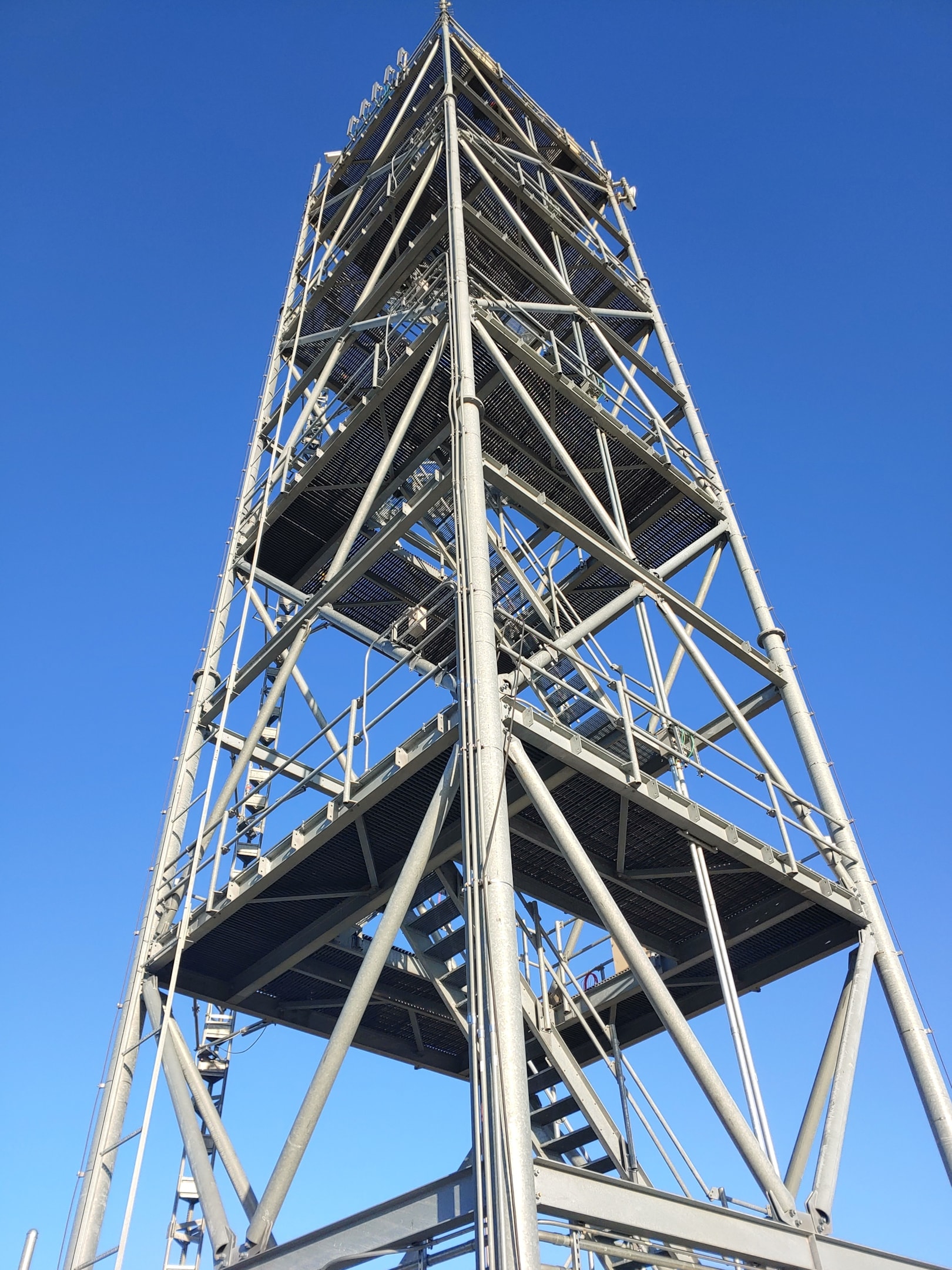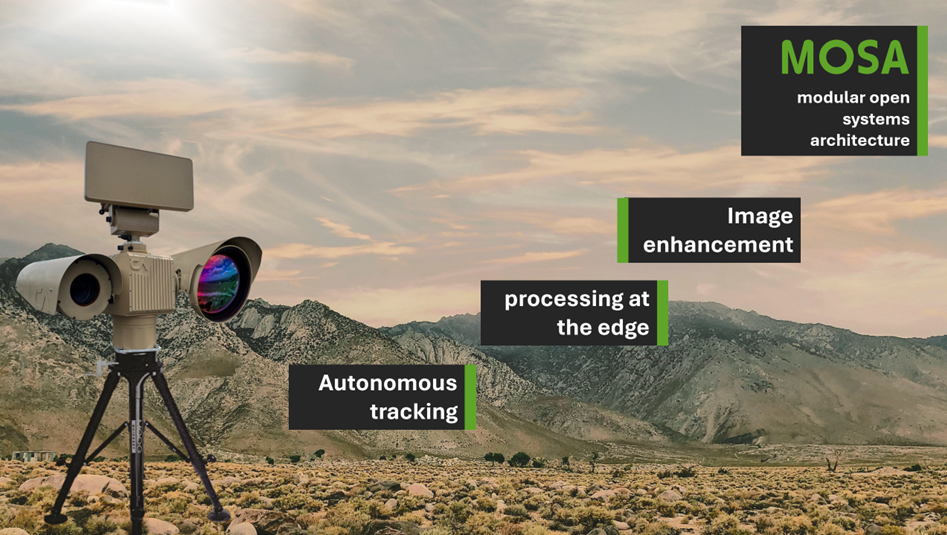Pioneering Surveillance for Border Protection
The New Demands of Border Security
In today’s complex global environment, border security is not only about defending lines on a map. It is about protecting national interests, safeguarding communities, and enabling homeland security operations across land, sea, and air. Rising threats — from terrorists, traffickers, and smugglers, to small drones and illicit vehicles — demand an approach that is layered, resilient, and intelligent.
Agencies such as Customs and Border Protection (CBP) and the Department of Homeland Security (DHS) require solutions that deliver more than just detection. They must also provide situational awareness, enable agents to respond with confidence, and reduce long-term logistical burdens.
This is where Clear Align’s approach—integrating autonomous surveillance, multi-domain sensors, and advanced processing into a cohesive ecosystem—sets a new standard: more open, higher performing, and cost-efficient.

Upgrading Border Walls: Why Border Surveillance Must Evolve
A long history of border strategies has shown that walls or fences alone cannot stop adversaries. Remote deserts, mountain passes, rivers like the Rio Grande, and maritime approaches make physical barriers impractical. Effective border protection comes from a layered defense combining radar, visible and infrared cameras, and advanced detection, tracking, and classification of targets integrated into one seamless ecosystem.
Modern systems detect threats in real time and provide the data needed to guide agents to respond before illegal immigration, trafficking, or contraband smuggling succeeds. By delivering clarity day or night, or in hazy conditions, or weather conditions, gives DHS and CBP the ability to stay ahead of adversaries in the most demanding conditions and locations.
Key Technologies Driving Border Security
1. Radar: All-Weather Detection
Radar is the backbone of border surveillance, providing detection across land, sea, and air even in degraded weather conditions. It can detect and track moving vehicles, small aircraft, or boats, ensuring that no incursion is missed. Radar tracks give border patrol operators real-time awareness, enabling faster response to emerging threats.
2. Infrared Cameras: Seeing Beyond the Visible
Radar detects and tracks motion at longer distances, but infrared cameras confirm identity. Thermal imaging detects heat signatures through haze, smoke, or camouflage, giving border patrol agents a decisive edge. Clear Align’s long-range cameras can detect human activity up to 15 miles away, with enhanced image quality, extending border security to remote regions. This longer range translates to fewer towers required to cover an AOR and significantly reduces overall cost.

3. SWIR Cameras: Vision Through Haze and Fog for Maritime Border Security
In maritime or coastal operations, SWIR cameras provide clarity where visible-light systems fail. They penetrate haze and fog, enhancing port security as well as maritime patrols. This technology ensures homeland security missions continue even in degraded visual environments.
4. Target Tracking
Advanced tracking systems leverage radar to support cueing of the EO/IR system, enabling autonomous operation and monitoring of moving objects day and night. Trackers drive PTZ controls to keep targets locked in the field of view of the camera, reducing the burden on camera operators and improving effectiveness.
5. Ranging
Range to objects can be provided by a radar or by a laser rangefinder which is much more accurate. Range is important because it provides context which in turn enhances AI-driven classification, and can significantly lower false alarms for border security agents making the operations more efficient.
6. Image Processing
Image processing improves clarity: stabilization reduces motion in the image, and turbulence mitigation removes image motion due thermal atmospheric effects, or heat waves; while local area processing and local area contrast enhancement (LAP/LACE) improves small details. Together, these technologies produce a superior thermal image with improved details, enabling faster recognition and mission success for security officers.

7. Precision Positioners
Smooth, stable motion is vital. PTU/PTZ units enable rapid pan tilt zoom functions without distortion, keeping targets sharp. Our positioners have smoother operation and fast slew to cue and are wind resistant due to higher torque ensuring better tracking. For border patrol, stable visual information means faster recognition and fewer mistakes in high-pressure operations.
8. Vehicle-Mounted Systems
Mobile surveillance vehicles bring coverage to remote land regions. These flexible units expand DHS capacity, supporting officers in austere terrain and redeploying quickly to locations of heightened suspicious activity.
9.Tower Mounted Systems: Transforming Old Tower to Autonomous Surveillance
Many towers already deployed for border security and critical infrastructure can be modernized with AI-enabled image processing, advanced sensors, and automation modules that transform them into autonomous surveillance towers. This retrofit approach maximizes the investment in existing infrastructure, avoids costly service interruptions, and extends operational life.
We have developed obsolescence replacement systems that also provide performance upgrades to existing sensors. Our upgraded systems have higher resolution and longer range; and therefore are capable of detecting suspicious activity faster. Additionally upgrading existing surveillance towers to autonomous operation is significantly more cost-effective than replacing them entirely and far less disruptive to operations.

10. Counter Drone - Secure CUAS Options
The rapid proliferation of UAS systems have created a challenge that require the the combined capability radar and EOIR sensors to counter the rising Air threats. Radar and IR sensors combined detect, track and identify drone incursions. With the Department of Homeland Security (DHS) and Customs and Border Protection (CBP) facing drones used for contraband and surveillance, robust drone identification and tracking is now essential for situational awareness
10. Real-Time Intel Through Networks
Real-time communication is mission-critical. We provide the capability for connecting towers, mobile units, and UAS, to TAK-enabled devices, so that DHS agents receive alerts directly on handhelds. This integration ensures faster decision-making and reduces the risk for agents as they have better visibility.
CBP Logistics: The Hidden Cost of Maintenance for The Border Security Industry
While technology often dominates discussion, logistics supporting the wrong solutions quietly drains budgets. Maintaining remote towers requires fuel, spare parts, and officers in the field. Over time, the cost of support can eclipse the equipment itself several times over.
Clear Align challenges this model with new thinking:
-
AI enabled surveillance towers that run longer between maintenance.
-
Shared power and communications for multiple systems.
-
Predictive maintenance powered by AI to signal when parts need service before failures occur keeping Ao high.
-
Modular designs that let DHS replace only subsystems, not entire towers.
These strategies and innovations provide our government reduces maintenance, lowers on hand spare part demands, and cut costs while improving mission effectiveness.

The Power of MOSA
Modular Open Systems Architecture (MOSA) is reshaping defense and border security. By adopting MOSA, the federal government and DHS gain:
-
Freedom from vendor lock-in.
-
Future-proof upgrades withoutfull system replacement.
-
Resilience against electronic obsolescence.
-
Integration with AI, drones, and next-generation technology.
This approach saves money while keeping border patrol ahead of adversaries.
A History of Border Security and CBP’s Role
The history of border security has always been tied to evolving threats and the ability of agencies to adapt with new technology. Today, the U.S. Customs and Border Protection (CBP) represents the largest law enforcement presence along the border, and serve a challenging job of balancing national security with trade and travel.
The industry surrounding border monitoring has expanded rapidly, bringing new innovations in sensors, autonomous surveillance towers, and AI-enabled processing. In regions such as Mexico and the southwest, CBP agents face diverse challenges ranging from smugglers to criminals attempting to exploit remote terrain.
Clear Align’s family of sensor solution and the supporting ecosystem is designed to help officers observe and respond faster, ensuring that border protection operations focus on keeping the CBP officer safe and able to respond quickly. By upgrading rather than replacing existing systems, downtime is minimized and mission effectiveness is achieved with greater efficiency.
Autonomous Ecosystems, Not Standalone Cameras
The era of single cameras is over. Clear Align builds an ecosystem where towers, vehicles, UAS, and mobile kits interconnect. Data is fused into a single Common Operating Picture, reducing blind spots and ensuring officers can act with confidence.
This ecosystem approach is essential at the southern border, in ports, or along remote desert passes where smugglers exploit gaps. By linking platforms, Clear Align enhances coverage, reduces cost, and protects infrastructure for decades.
Future-Proof Border Protection
The future of border security lies in intelligent, autonomous surveillance towers that minimize logistics, integrate seamlessly, and evolve through MOSA. By combining radar, infrared, SWIR, advanced processing, and predictive maintenance, Clear Align delivers a system that adapts to new threats.
As CBP, DHS, and partner agencies confront trafficking, immigration, and terrorism, these systems deliver unmatched security. Clear Align is already deployed in 22 nations, covering thousands of miles of border, and continues to advance the frontier of border protection.
Conclusion: Leading with Thought and Technology
Securing borders is not just about buying more security cameras — it is about building resilient ecosystems that manage logistics costs, scale with future innovation, and give DHS and CBP the tools to stay ahead of adversaries.
Clear Align is proud to be a pioneer in border surveillance. By investing in autonomous surveillance towers, MOSA-based systems, and advanced imaging technology, we help homeland security leaders not only secure the border but do so sustainably, effectively, and intelligently.